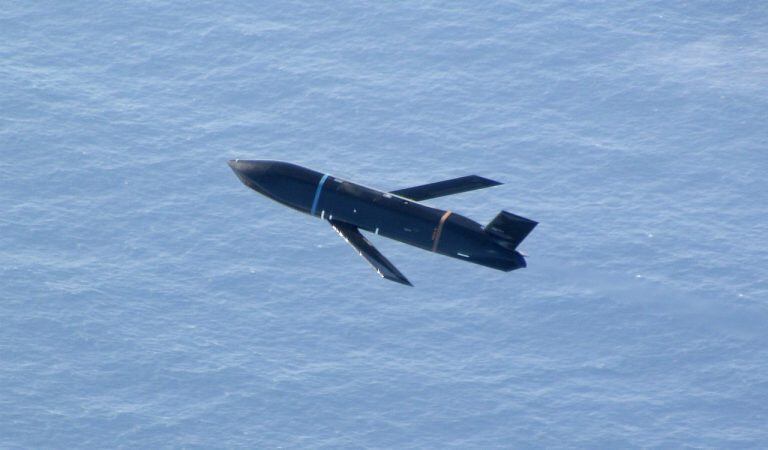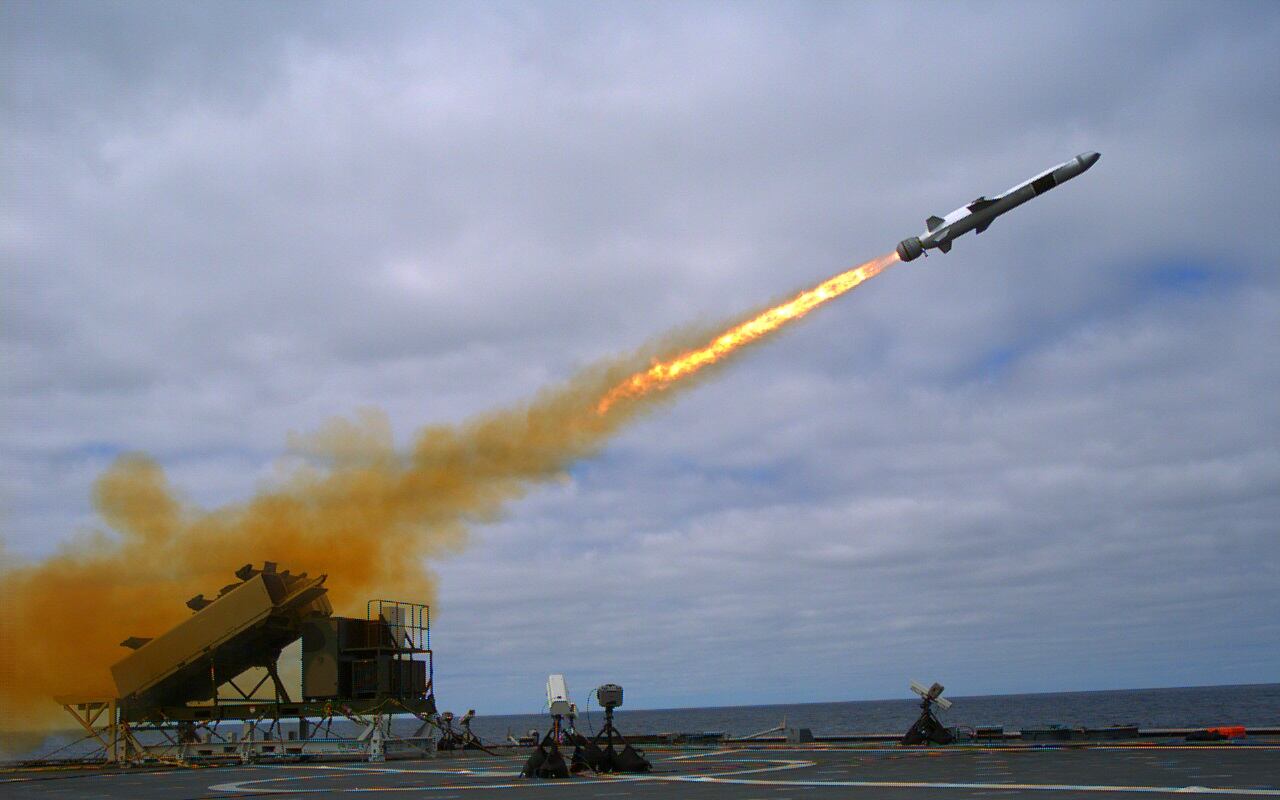WASHINGTON – The stunning growth of the Chinese fleet over the past decade has prompted the U.S. Navy to plan a full-on buying spree of ship-killing missiles over the next five years, according to projections in the sea service’s Fiscal Year 2021 budget documents.
In his opening remarks before rolling out the Navy’s new spending request, the service’s budget director pointed directly at China’s expanding naval force as aiding U.S. budget priorities.
“China has grown their battle fleet to about 335 surface ships, and that’s occurred over the last 10 years as they’ve shifted from a build-up of their homeland defense forces and moved to the sea in an expansionist role around the globe,” Rear Adm. Randy Crites said.
“As we look to the future of even greater global trade and greater unpredictability, American naval power has never been more important.”
The Navy’s proposed 2021 budget calls for buying 850 missiles between the years 2020 and 2025 with the sole function of seeking and destroying enemy ships at range.
The anti-ship missile buying binge comes as experts project the People’s Liberation Army Navy’s fleet will balloon to as many as 420 vessels by 2035. By comparison, the 2016 budget request contained just 88 sole-purpose anti-ship missiles to be procured across a five-year plan.
And while shipbuilding might have faltered in 2021, the Navy’s budget for weapons procurement of all kinds increased by $800 million over 2020′s $4.1 billion request.
The proposed 2021 weapons procurement budget rose $1.7 billion over the 2016 request just five years ago.
The funds could be used to buy Lockheed Martin’s F/A-18 E/F Super Hornet-launched Long-Range Anti-Surface Missile, developed jointly with the Defense Research Projects Agency.
It incorporates target recognition, some level of autonomous routing and extended range for killing enemy ships at a significant standoff. The unclassified range is more than 200 nautical miles.
The Navy’s 2017 budget submission bought 10 LRASMs, and projected buying 25 per year until 2020, for a total purchase of 85 missiles. Today, the inventory (including 2020’s request for 17 LRASMs) stands at about 99 missiles.
By requesting to boost its stealthy missile inventory by 48 weapons, the Navy’s inventory will increase 50 percent, with plans to order 48 annually for the next four years, according to the service’s Fiscal Year 2021 budget documents.
All told, the Navy wants to acquire 210 of the missiles between 2020 and 2025.

And that’s not the only missile the Navy is eyeing for 2021.
The Navy wants to continue upgrading Raytheon’s Tomahawk missile into a “Maritime Strike Tomahawk,” which incorporates a seeker and some level of target discrimination so it can shift midair to hit a moving target.
The Tomahawk has an unclassified range of 900 nautical miles.
A Navy brief says the Maritime Strike Tomahawk’s new seeker kit “enables the capability to hit moving maritime targets through mid-course guidance via third party or seeker mode, to a terminal seeker area of uncertainty.”
The missile is slated to be declared operational in 2023.
The Navy plans to buy 44 of the Maritime Strike seeker kits in 2021, then ramping up significantly from there.
The sea service wants to buy 451 of the upgrade kits between 2021 and 2025.
‘Turning point’
The service wants to start buying significant numbers of the Naval Strike Missile, which is the Kongsberg/Raytheon ship-launched over-the-horizon ship-killer.
Designed to give lightly armed warships some significant teeth when operating in the Pacific, the missile deployed on the littoral combat ship Gabrielle Giffords last year, along with Northrop Grumman’s MQ-8C Fire Scout unmanned helicopter drone which will be used for over-the-horizon targeting.
The Navy plans to purchase 15 NSMs, down three from last year’s buy, but has programmed to receive 189 between Fiscal Years 2020 and 2025.
RELATED

In addition to 850 LRASM, Maritime Strike Tomahawks and Naval Strike Missiles, the Navy wants to procure over the same span 775 of Raytheon’s SM-6 missile.
It’s primarily an anti-air missile but has a surface mode.
That brings the total buy of missiles with ship-killing potential to 1,625 between 2020 and 2025.
Eric Sayers — a former Senate Armed Services Committee staffer and former aide to U.S. Indo-Pacific Command’s Adm. Harry Harris — is now and Adjunct Senior Fellow at Center for a New American Security.
He told Defense News the Navy’s proposed spending plan represents a turning point in an anti-ship mission that’s been neglected for too long.
“This budget is a great signal of the Navy’s intent to finally get serious about the quality and quantity of the anti-ship missile inventory,” Sayers said. “Then-Pacific Commander Adm. (Robert “Bob”) Willard asked for this capability over a decade ago and for years we were buying them just a few at a time.
“The request for LRASM, Naval Strike Missile, and Maritime Strike Tomahawk is a real turning point in anti-ship budget seriousness.”
To Sayers, the Navy should move to put LRASMs inside the vertical launch tubes of its surface combatants.
“Now that we are moving to buy LRASM in numbers, it would be great to see the Navy move to integrate it onto its large surface combatants,” he said. “It is also encouraging that allies like Australia and Japan are moving simultaneously to procure these high-end weapons.”
On Friday, the State Department announced that Australia had been cleared to buy up to 200 LRASMs, a purchase with a nearly $1 billion price tag.
David B. Larter was the naval warfare reporter for Defense News.




